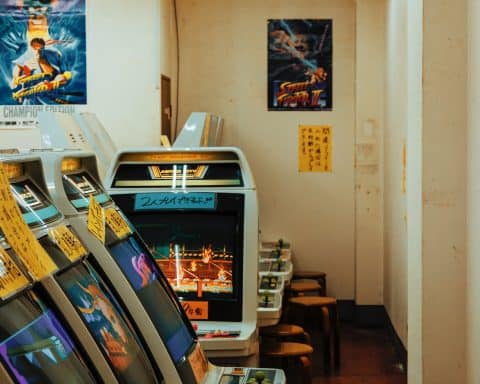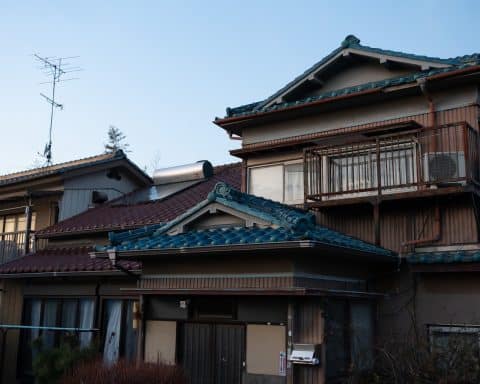If you’ve ever seen a documentary about Japan, chances are that somewhere along the line you saw a video (or 10) of people squished into train carriages like sardines. But can’t one of the most advanced and populated countries in the world fix this problem?
It turns out that whilst the Tokyo Metro does get extremely busy, it’s often only at rush hour. Japan is also home to the busiest station in the world and also a highly dense population in Tokyo. So while the Tokyo Subway might seem extremely busy from time to time, it’s nothing out of the ordinary for the number of people that live and work in the capital.
Let’s take a look at some of these reasons in a little more depth.
Quick Japanese vocabulary lesson:
Japanese Train Station Vocabulary
Station: Eki 駅
Platform: Ho-mu ホーム
Subway train: Chikatetsu 地下鉄
Train: Densha 電車
Getting around Tokyo: Forms of transport
To get a better idea of why the Tokyo subway always seems (or is) busy, we should first understand the options of transport available in Japan’s capital.
Trains and Subway
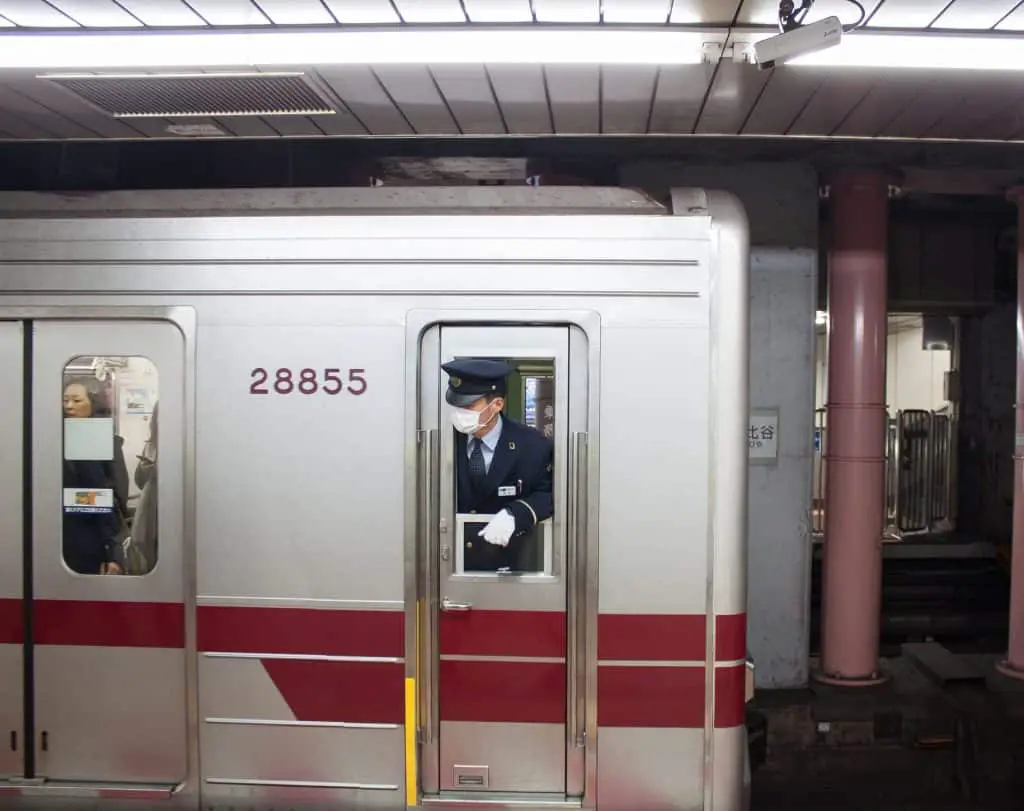
Trains are by far the best and most popular way to get from points A-B in Tokyo.
They’re cheap, quick, and relatively easy to navigate for a first-timer in the city.
Be warned though, some train stations are huge and you’ll absolutely be walking around them for a long time if you don’t know where you’re going.
Even leaving the station via the wrong exit can set you back a good 15 minutes by re-routing.
Taxis
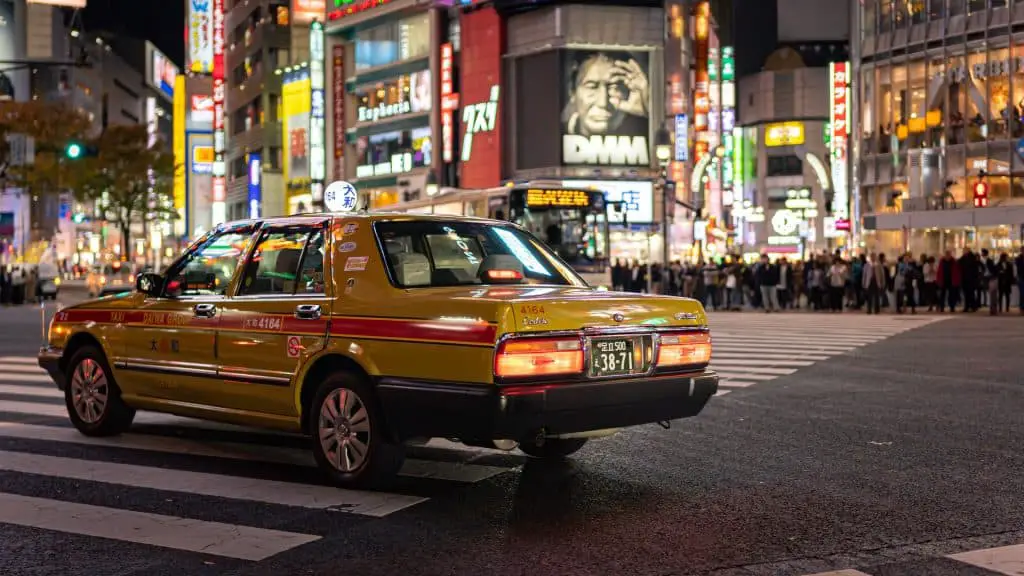
If you’ve got the money, traveling by taxi in Tokyo is a great way to see the city.
They’re comfortable, incredibly clean, and air-conditioned.
Prices normally start at around 400-700 yen before you’ve even started moving. Think of it as a callout charge of sorts.
Each cab has a meter that will continue running even when the cab is stationary. You can see how in the busiest city in the world this might begin to add up…
But you can rest assured your taxi is there for you and you alone.
That said, I very much doubt that the average office worker travels around in taxis all that often. At all, in fact! Unless you have a specific reason to do so in the more remote areas, I’d give them a miss, especially in the bigger cities.
Buses

Much cheaper than taxis, but probably not as pleasant to ride in. They’re also great for longer journeys as you’ll regularly see overnight or ‘long haul’ coach rides. Though, I must admit my bus trip from Tokyo to Osaka didn’t have me raving about them…
If you want to stay in Japan on a budget, those long-haul coach rides will save you time and money. But if you’re looking for a quick and hassle-free way of getting around Tokyo, buses aren’t your best bet. Apart from the Ike Bus in Ikebukuro, that thing is awesome!
I can imagine commuters using buses if they live in a remote district or prefecture and need to get to the local train station, but other than that I’m almost certain a train would be their first choice.
Now we know the ways people can get around Tokyo, let’s find out why this makes trains so busy.
Punctuality
Why would you take any other form of transport in Tokyo when the cheapest way of getting around is also the most reliable and punctual?
As some of you may already know, Japan is famous the world over for its timekeeping.
This is so evidently true that in 2017 the management of the Tsukuba Express line between Tokyo and the city of Tsukuba issued a written apology for leaving the station 20 seconds early.
In the issued statement they said they ‘sincerely apologize for the inconvenience caused’.
I doubt you’d get that over in the U.S and I’m certain it wouldn’t happen in the U.K
It’s clear to see that a transport system apologizing for leaving at 9:44:20 with a scheduled departure of 9:44:40 has gained the trust of millions of commuters in Tokyo.
The busiest and most highly populated city in the world
| CITIES: | UN 2018 POPULATION ESTIMATES: |
| TOKYO | 37,400,068 |
| DELHI | 28,514,000 |
| SHANGHAI | 25,582,000 |
| SAO PAULO | 21,650,000 |
| MEXICO CITY | 21,581,000 |
With approximately 9.5 Million inhabitants (just in its metropolitan area), Tokyo tops the charts as the busiest city in the world.
That not only means more trains, but also a system run well enough to accommodate such an amount of people.
With roughly 3.5 million people passing through its doors every day, Shinjuku is the busiest train station in not only Japan but also the world.
When we are talking about such a high number of passengers, it’s clear to see that some of those trains are bound to be busy. I don’t think Tokyo or anywhere else for that matter has the resources needed to transport 3.5 million people without a single busy train, Especially during rush hour.
Passenger pushers
What are train pushers?
Passenger pushers or oshiya (押し屋), are staff (Usually students employed on summer break) whose main job is to ensure each and every one of the passengers on the platform gets on the train.
Sometimes, especially in rush hour, their job includes physically pushing passengers into the train to make sure the station ensures a timely departure for everyone on board and allows them to get to work on time.
Take a look at the video below to see the ‘oshiya’ in action. It’s quite something!
It’s not the greatest quality video in the world, but it shows a great example of Japanese passenger pushers in action.
Train pushing is something you’re only likely to see if you’re coming into Tokyo at rush hour, but it does still happen at other busy times.
By pushing as many commuters onto the trains as possible, you start to understand why Tokyo trains might seem busy 24/7 to the outside world. It’s likely because these kinds of videos or photos make for the best story, but it’s not the case every hour of every day.
At the end of the day, yes the trains definitely can be busy and cramped but that’s what makes the Japanese train service the most efficient and punctual in the entire world.
The platforms are left empty
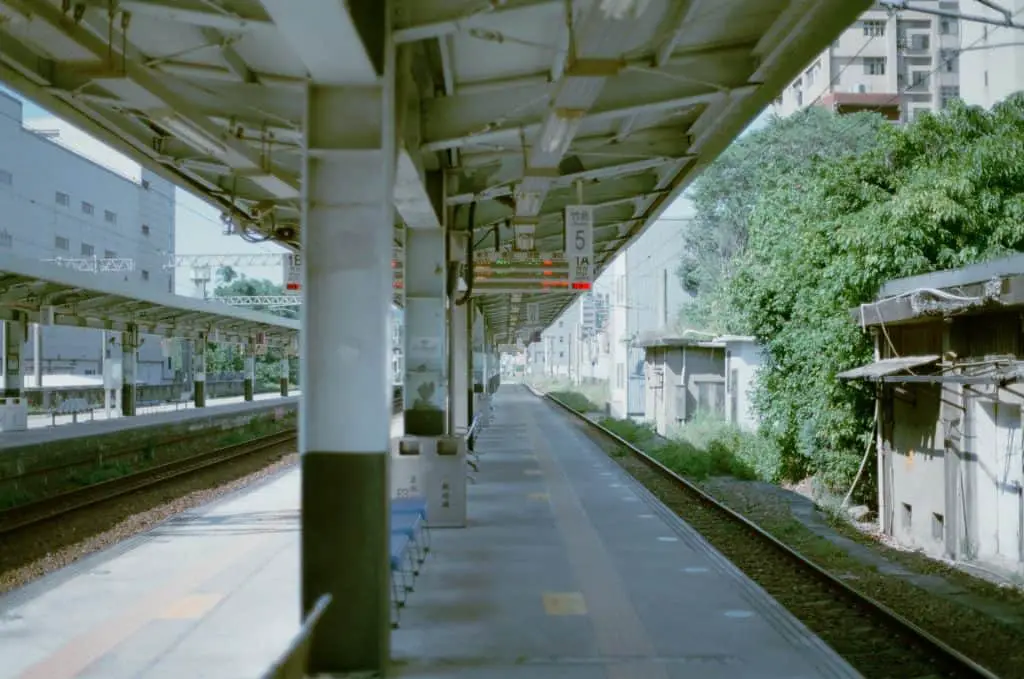
One quick way to understand the efficiency and speed of the staff at any given Japanese train station is to look at the platforms once the train has left.
Put simply, if you wanted to get on the train that just turned up but it looked too busy, you’ll be on the train.
Yes it probably will be uncomfortable and unpleasant, but you can be sure you’ll end up at your destination on time.
It’s these small sacrifices at peak travel times that ensure the productivity and work ethic stays at the top for the entire country and it’s economy.
Delayed rush hour
As stated above, the Tokyo subway system is by far the quickest and most efficient way of getting around the capital.
Not only do they connect to every major district in Tokyo, but they also get there bang on time, every time.
It’s no surprise then that trains are the most popular method of transport for Japanese salarymen and workers to get to and from work
One reason Tokyo trains and subway may seem extremely busy is because of the somewhat extended rush hour time frames.
For most countries (I can only speak about London from experience) the normal rush hour may be anywhere from 7-9 in the morning and 5-7 in the evening.
In Tokyo, the morning rush hour is usually 8-9 and from 5 PM onwards in the evening. Morning rush hour tends to be a little heavier and more extreme because of similar starting hours but clocking out time in Japan is a little different.
According to Japanese Labor Law, employees are only allowed to work for 8 hours a day and up to 40 hours a week without getting special permission. From what I’ve seen, this is a treaty that is often broken.
With social and work pressures as well as cultural discipline ingrained into a lot of Japanese people from a young age, it’s extremely easy to see why so many people break these laws and work for hours over their contract.
The Japanese practice of Inemuri (居眠りis the ‘art’ of sleeping while on duty. It means if you’re caught napping on the job, in meetings, or in public, you are considered to be dedicated to your Job.
Without getting too much into the practice here, sleeping on the job and often working longer than your contracted hours will mean you clock out later than your finishing time.
This leads to an elongated evening rush hour which in turn leads to busier trains.
Can’t they just run more trains? or just run 24/7?
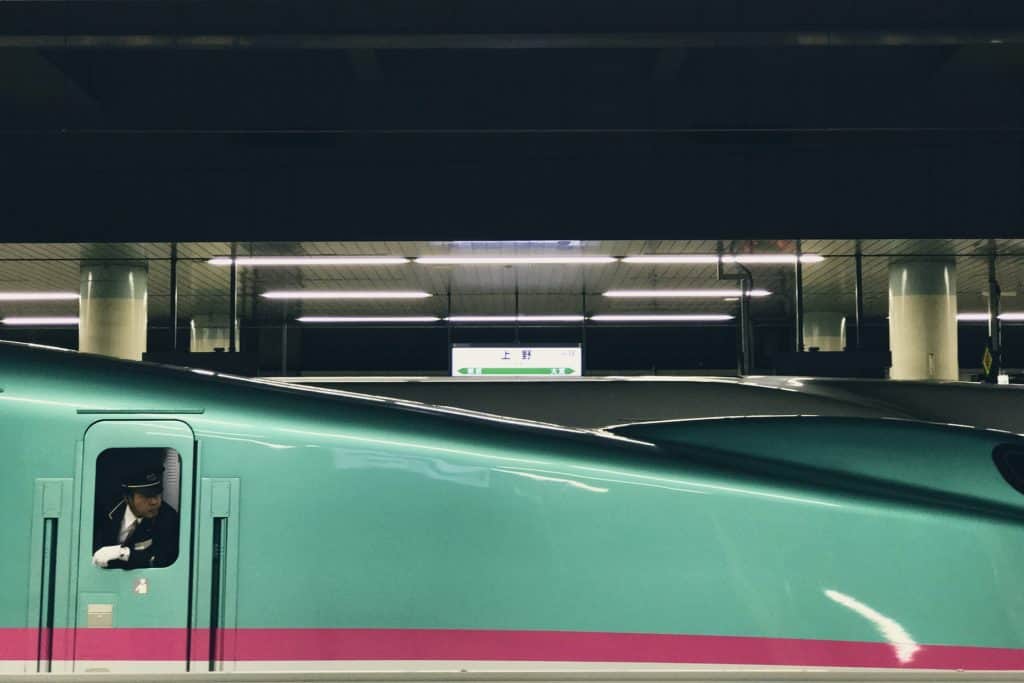
Unlike in certain places in the world, Japan doesn’t run trains throughout the night.
And why is that?
This might lead you to think that the subway in Tokyo closes too early, but the truth of the matter is, there simply isn’t enough demand. The city would end up having completely empty trains working throughout the night which is a waste of resources and manpower.
As of 2020, Japans unemployment rate was 2.34%. It means there simply wouldn’t be enough people to operate the stations overnight and the ROI would not be high enough to keep people on.
Reason 1: Maintenance
We’ve already talked about how clean Japan can be, and Tokyo subways are absolutely no different.
By shutting the subways and train stations down at 12, they can be cleaned and maintained to the high-level Japan is so famously known for.
Reason 2: Politics and History
Historically, Ginza nightclubs would close at around 11 in the evening and the people who frequented these places were the only ones who had any power to change subway times. But with the last trains home at 12-1, why would they need to?
Taxis ranks are also a hugely powerful and large organization within Japanese society.
As we’ve already established from the bulk of this article, traveling on trains is likely the cheapest and most convenient option for most people in Tokyo. Especially when certain cab companies charge up to 30% more after 11 PM.
By extending the hours of the Tokyo metro you’ll likely be destroying another integral part of Japanese society and financially running them into the ground.
Conclusion
So whilst the Tokyo train system is a busy one no doubt, it’s relative to the amount of people and the work culture Japan is so famous for.
Yes, Tokyo has the busiest subway stations in the world but I would argue that they are the best country to handle so many people. With an astonishing (yet probably unhealthy) work ethic as well as a vast cultural understanding of ‘The greater good’, Tokyo ensures each and every one of its passengers get to their destination exactly when they planned to.
If you’re planning to go to Japan in the near future and want to experience this for yourself, get up in the morning and travel on pretty much any line into Tokyo during rush hour and it’s likely you’ll experience a very busy train.
Good luck with that!






